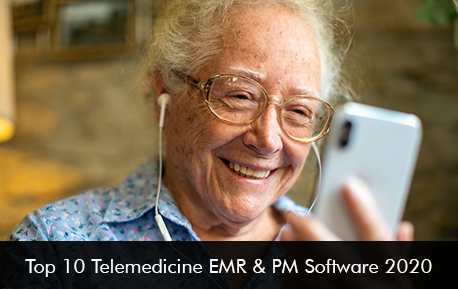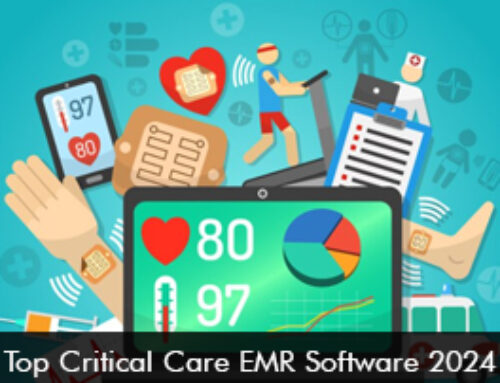Expanded adoption of video chats has paved the way for Telemedicine. Telemedicine is now the way of delivering healthcare. For most of us, healthcare through Telehealth or Telemedicine can be new and scary. Mostly because we can be technologically inept or are unable to answer patient’s questions regarding this remote diagnosis and treatment procedure and in some cases thinking about the costs it entails.
The essential tools or “equipment” necessary for a successful Telehealth experience include carts, configured peripherals, and a robust Telemedicine Electronic Medical Records (EMR) Software. All the frequently asked questions when it comes to telemedicine are (i.e. internet connectivity, data security or privacy policy, health assessment without interaction and payments) can be easily answered through the aforementioned tools.
Features of Telemedicine EMR & PM Software
To have a good understanding of how the software works, it is advisable to learn about the different features and functionalities of the software. Before choosing a Telemedicine EMR Software, we should check if the software has the following key features:
On-Call Consultations – Telemedicine EMR Software should allow robust Video chat features for problems or recovery process, on a live call, in-case they are bedridden or unable to show up.
Remote Assessments – Telemedicine EMR Software should be able to send images of a wound, or an affected body part for evaluation and assessment by a physician in a different area through HIPAA compliant channels. Expert opinions could be used for a particular case.
Real-Time Monitoring – Telemedicine EMR Software should support a mobile medical device with internet access that can be used to automatically send vital medical data of patients to their healthcare provider in real-time so that quick action can be taken in case of an emergency.
Secure Data Sharing – Telemedicine EMR Software should share sensitive data through strict encryption. This ensures the safety of data even in case of a security breach.
Video-Calls – Telemedicine EMR Software should allow High-quality face-to-face audio and video transmission facility, group calls and screen-sharing features to enable multiway conversations. Third-parties such as caregivers or translators can also join these video-calls.
Online Queuing System – Telemedicine EMR Software should offer Virtual waiting rooms to keep the patients engaged while waiting for an appointment. Doctors or their staff can share images or educational articles or documents for patients to view while they wait for their turn.
e-Prescribing (e-Rx) – Telemedicine EMR Software should create e-Prescriptions automatically and send it to the patient’s preferred pharmacies
Automatic Billing – Telemedicine EMR Software should processes payments and update the medical billing status automatically while confirming and verifying everything with the insurance provider of the patient.
Top 10 Telemedicine EMR & PM Software by EMRSystems
Research by EMRSystems found the following Electronic Health Records software companies to be the leading vendors to have developed and introduced Telemedicine functionality as part of their core EMR software, Practice Management, and Medical Billing Services portfolio:
-
PrognoCIS EMR Software
-
drchrono EMR Software
-
Epic EHR Software
-
eClinicalWorks EMR solution
-
Kareo Clinical EMR Software
-
AdvancedMD EMR Software
-
Allscripts EMR software
-
Praxis EMR Software
-
ChARM EHR Software
-
ChiroFusion EHR Software
Make sure the software you’re going to purchase is certified. For Telemedicine Software, the certification you should be looking out for is by the ONC-Authorized Testing and Certification Body (“ONC-ATCB”). They are responsible for making sure your vendor meets Meaningful Use objectives and is HIPAA compliant. It is highly imperative that the software you choose is compatible with that of the rest of the practice and with the existing EMR Software if you are opting for a stand-alone option. Please do consult your provider to ensure that the software you are choosing only provides those features and not more than what you need.







